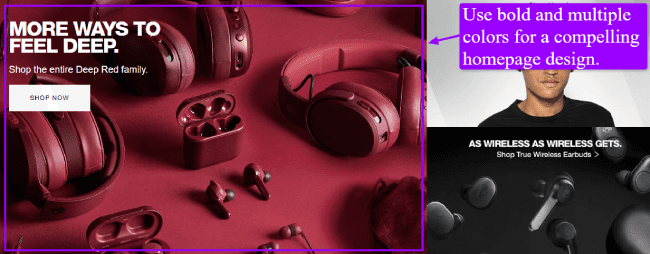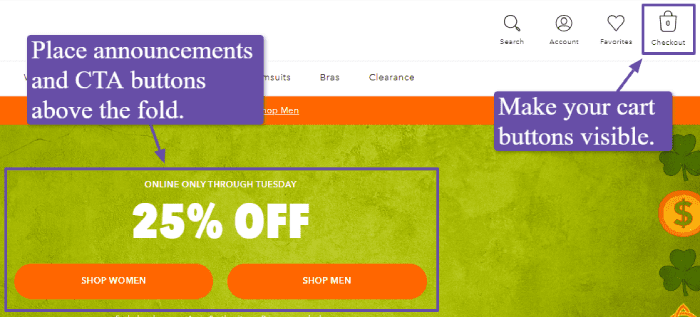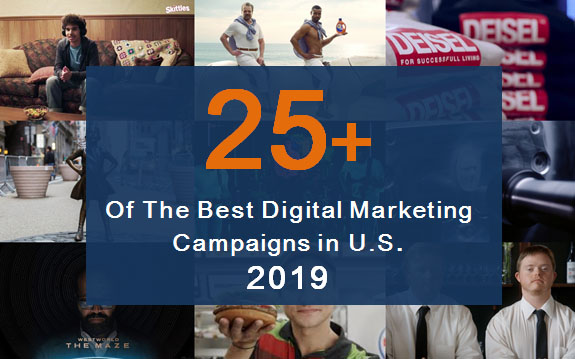6 Techniques to Optimize Your Ecommerce Store and Skyrocket Your Revenue
E-Commerce & Retail | Mar 25, 2020
If your ecommerce website lacks optimization, you’ll miss out on a lot of sales that you otherwise would have closed had it been primed for conversions.
Here’s the thing, no matter how professional-looking and feature-packed your ecommerce website is, if it doesn’t have the conversion-inducing elements in place, your web visitors will only click away without having bought anything.
As you can probably imagine, that’s a tough place to be in.
After all, you can’t pay your bills with your web visitor-count. You pay them with money — and you can’t get money if you don’t have sales.
That is why, if you want your startup business to succeed, you need to learn several tried and tested ecommerce optimization methods that will skyroket your ecommerce website conversion.
That’s exactly what we’ll talk about…

Photo by Lukas Blazek on Unsplash
6 Ecommerce Optimization Methods to Skyrocket Revenue
1. Boost Your Page Speed
The ideal page loading speed is three seconds.
Anything longer than that can repel and prompt your visitor to leave. This increases your bounce rate, which hurts your site performance, sales, and conversions.
If your site loads longer than three seconds, a solution you can employ is caching.
It’s the process of storing site elements that can be accessed more quickly on the next visits to your online store. This leads to better page speeds, site performance, and user experience.
You can then specifically install server-side caching mechanisms. These systems enable you to store data in servers and deliver it swiftly through a content delivery solution (CDN).
CDNs help shorten the distance between your customer and the physical location (server) where your website files are.

Remember, the more files are cached and the nearer users are to your server, the faster your website can load.
If you want to understand further how caching works, you can read up on related resources online.
Plus, with server-side website caching explained, you can better grasp how to apply it strategically in your store.
2. Feature Customer Testimonials
Statistics show that nearly 70 percent of consumers trust other buyers’ online opinions, making reviews the third most reliable source of product details.
That said, to uptick your revenue, you can feature your customers’ testimonials about your products on your homepage.
Below is how “Pinggle” did it:

Customer Testimonials Example
You can even feature other prominent brands who loved your products.
“Frank Body”, for example, showcases a testimonial by Elle Australia:

Customer Testimonials Example
By showcasing these testimonials, you boost your product’s reliability and potential customers’ trust in your brand, making them more willing to purchase and try out the items in your store.
3. Create a Compelling Homepage
If you want your audience to stay long enough to buy something from your store, you have to create a compelling homepage.
One way you can do that is by following the appropriate web design trend for 2020.
Catching up with the modern ecommerce site designs can help you capture and impress your target audience more effectively.
For your online store, you can use bold, bright, or multiple colors.
“Skullcandy”, for example, sells earpods, headsets, and similar accessories, the colors of which depend on the month’s featured mood. The store then uses this color for their homepage.

An Example of a Good Homepage—Skullcandy
Aside from stunning web design, you should have visible shopping cart buttons and CTA buttons above the fold. You can even put discount announcements on your banner photo.
Take a look at “American Eagle’s” homepage:

An Example of a Compelling Homepage—Skullcandy
Placing conversion-critical elements in visible areas immediately catch your visitors’ eyes and compel them to act — that is, to explore and buy your products.
4. Review Your On-page SEO Strategies
When you optimize your pages for search engines, you help your customers find your products faster. This leads to increased traffic and potential sales and revenue.
Search engine optimization (SEO) can be a dynamic process, though, which is why you need to review your site’s SEO performance and strategies every so often.
You can do that by conducting an SEO audit where you assess your target keywords, page performance, web design, and others.
You need to check, for instance, if you’re using the right keywords. Ideally, you’d want to go for high-yielding but low-competition ones.
If you have a slow loading speed, find out if you have heavy images and videos eating up your site’s space.
With an SEO audit, you would know how effectively you’re reaching your target customers. You can then work on improving your content, marketing, SEO, and other strategies accordingly.

Related Guide: The Complete Guide to On-Page SEO | SEJ
5. Automate Your Marketing Campaigns
If you want to uptick your ecommerce revenue, then you should consider automating your marketing campaigns. Doing so helps you plan and follow through every step of your customers’ journey and sales funnel more closely.
You can automate your marketing messages, whether through email, SMS, livechat, or other digital channels.
For email campaigns, you can set up cart abandonment messages when your customer has items he hasn’t purchased for some time, or is about to leave your store.
Automation works excellently in SMS marketing, too.
You can send your customers instant text messages to advise them about their product shipping, discounts they can avail, and more.
By automating your marketing campaigns, you can better ensure the delivery of your promotional messages at the right moment.
You can also engage your prospects and customers at any stage of their journey more effectively.
Related Guide: The Retail Shopper’s Journey to Loyalty, 2019
6. Personalize Your Customer Experience
Personalization is a critical technique in your ecommerce optimization process. It helps align your customers’ shopping experience with their interests so they’ll be more enticed to buy.
You can personalize your product recommendations, for instance.
Here’s an example by “Amazon”:

Product Recommendation Example—Amazon
When I clicked on a pink elephant plush toy, Amazon showed me similar items that other customers viewed when they checked the same stuffed animal.
Implementing the same tactic gives your customers more product choices that can tempt them to add more items to their cart.
Your visitors can also stay longer on your site and explore even more items, increasing their likelihood of purchasing.
Bottomline
Ecommerce store optimization is a rewarding and worthwhile venture you can take to boost your site and revenue performance.
By optimizing your site, you can more effectively meet your customers’ dynamic needs and preferences, engage them through your sales funnel, and boost your brand patronage.
Applying these techniques and more can spell a huge difference in achieving the highest possible earnings you aim to have for your ecommerce store.





